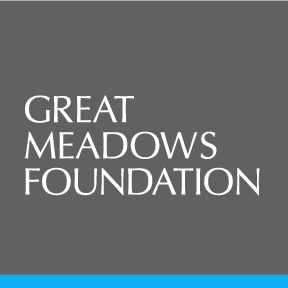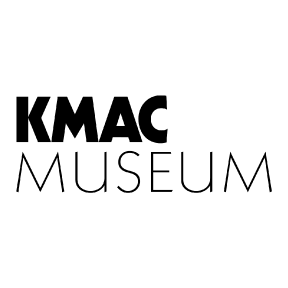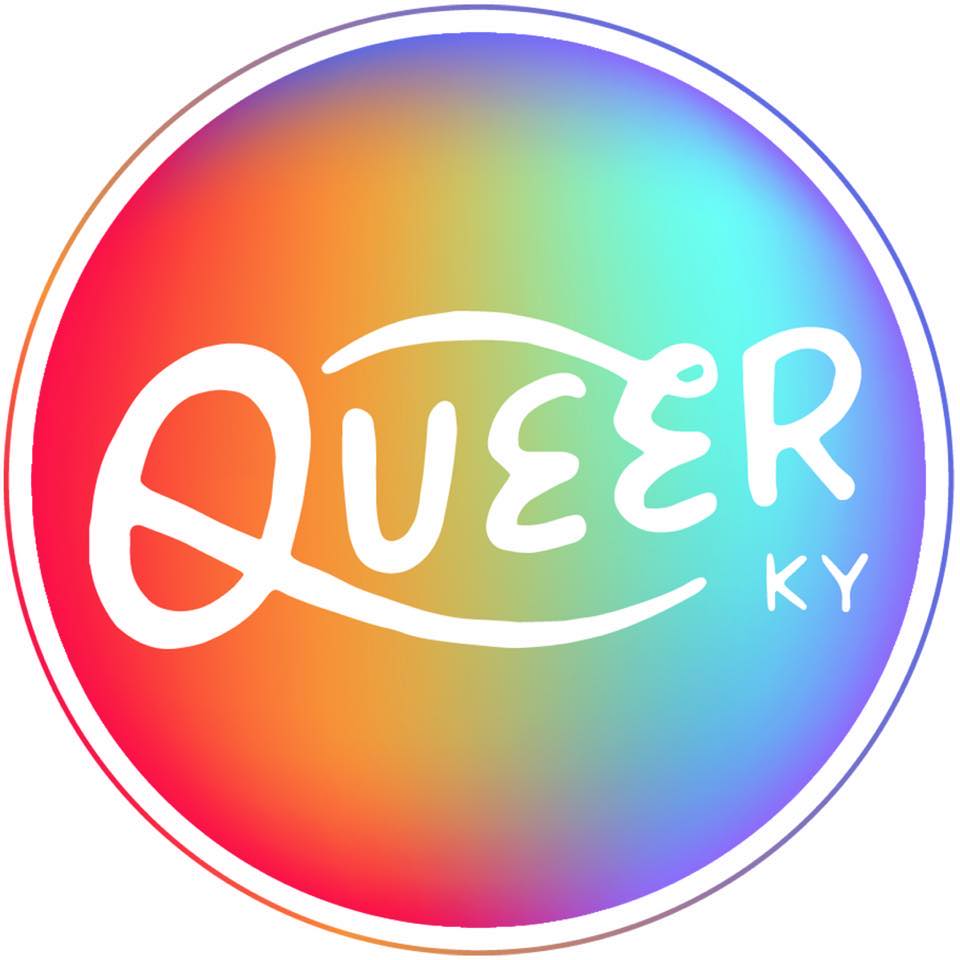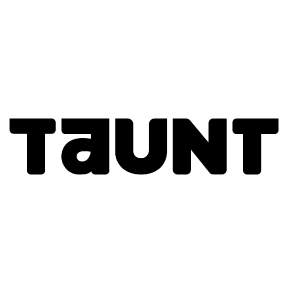
PHOTOS: Courtesy Sheherazade
︎ Sheherazade, Louisville
Which Side Are You On?
A half-block down from Mag Bar sits an unenterable white space illuminating Magnolia Avenue. Sheherazade is nestled between apartment complex entrances and alleyways that service the backsides of spliced old mansions and, for the last month and a half, a wall-length banner has hung on a wall within two feet of the glass garage door at its inoperable entrance. Which Side Are You On? was created by the Creative Director of Queer Appalachia Project, Gina Mamone, and is part billboard of liberation in the heart of Louisville’s former epicenter of wealth, part art installation at the intersection of political identity. For the passive sidewalk observer or the experimental art enthusiast, the timing and messaging of the work provides a refreshing addition to Louisville’s creative and civic discourse.
In appearance, the banner is neatly covered in uniformly printed typewriter-style text with an embedded message steeped in righteous history. Occupying the front quarter of the total gallery space, its position within the gallery stands conspicuously accessible to sidewalk passers by. The text, however, cannot be read at a glance: the wall of words invites viewers to indulge in the full passage, which closely follows the form of a 1992 poem entitled I Want a President by queer artist Zoe Leonard in both font and function. In I Want a President, Leonard called for reimagining politics to address injustice faced by marginalized identities through representation. Leonard’s work was shaped by political complicity in the AIDS epidemic, which ravaged queer communities and communities of color as politicians ignored mass fatalities throughout the 1980’s and 90’s.
26 years later, Which Side Are You On? is a manifesto of what kind of governor is needed to address today’s injustices, including the ongoing opiate epidemic. To the viewer, the text unfolds like an impassioned monologue, grounded in a conversational intimacy by the inclusion of working class cultural iconography from Reba and Dolly Parton karaoke to cast iron skillets and Coinstar. Like Leonard, Mamone calls for someone who would not only represent vulnerable constituents, but would be informed by shared experiences of oppression to which most people have some personal connection today: a Governor “whose home has been raided by ICE,” who “knows what days to hit what food pantries,” who has dealt with addiction, disability, poverty, or state violence. Mamone invokes a figure who embodies legacies of resistance against oppression and struggles for collective liberation. With a nod to a piece of Kentucky cultural heritage and labor history, the final sentence reads: “I’m tired of asking the people whose salary we pay: Which Side Are You On?” It is a powerful inventory of suffering and solidarity under a brutal profit-driven regime with a regional consciousness, rewriting played-out national narratives of Appalachian and rural identity politics as white, conservative, cisgendered, heterosexual, and universally complacent with the current political climate.
In a subtle nod to the changing nature of artistic and political organizing, this analog work also contains an element unique to its era: digital engagement. The viewer is presented with opportunities to interact with the project in the digital realm that the Queer Appalachia Project occupies. Their Instagram handle @queerappalachia is listed alongside Mamone’s name and directly above an invitation reading “Tell Us: #whichsideareyouon2018” and a trio of hashtags—#harmreductioninappalachianow, #sacklerpain, and #shameonsackler—linking the piece to other work done in collaboration with photographer Nan Goldin’s P.A.I.N. Sackler project, which enacts direct action protests to bring accountability to pharmaceutical industry in the mass death caused by opiate addiction. This connection to a digital network of activism does what Leonard’s work had to do slowly and by hand: give viewers a framework of engaging with these issues and building communities of resistance against them.
As an extension of a primarily digital medium, which has barriers of entry via costly access to smartphones and the internet, Which Side Are You On? successfully broadens the scope of Mamone and Queer Appalachia’s online engagement. As it is always on view and always for free, the work centers accessibility as all good public art does: by existing outside the monetary and racialized confines of a traditional gallery, museum, or internet-exclusive space to reach anyone who finds it. Perhaps as an homage to the Leonard piece that inspired its creation, which was reproduced in photocopy or postcard form until the digital age and its recreation as a 30’ x 20’ installation in New York in 2016, Which Side Are You On? is also available for distribution as a postcard for an optional donation of $1. Its presence at a brick and mortar establishment like Sheherazade may be ephemeral, but just as Leonard’s I Want a President lived on through physical relics into the digital age, so too can Mamone’s words of contemporary solidarity.
The juxtaposition of this exhibition within the old-world opulence of now-dissected Victorian mansions enhances the contextual richness of the work. As it existed originally, Old Louisville was an enclave of lavish single-family homes created to accommodate Louisville’s economic and political elite. Those who served the wealthy were willed into an aristocratic iteration of invisibility in carriage houses and back quarters beyond the visibility of their labor. As it exists today, Old Louisville is a neighborhood of many identities. It is a relatively reliable source for people seeking centrally-located affordable housing with access to public transportation. It is full of natives living alongside transplants from rural areas all over the South and Appalachia, many existing visibly as poor, or queer, or ill, or adjacent to one or any number of identities aggressed by structures of highly centralized power. A highly centralized notion of shared experience is needed to embolden us to act. Which Side Are You On? is an interjection of empowerment into the everyday—it is an intervention in what it means to be “from here” and a source of energy and validation to push viewers toward hope for a new future.
-
Which Side Are You On? is on display at Sheherazade through November 30th.
Sheherazade is viewable 24/7, from the sidewalks of West Magnolia Avenue, in the garage behind 1401 South 3rd Street, Louisville KY, 40208
Notes:
Leah Hughes, Guest Contributor to Ruckus
11.20.18









